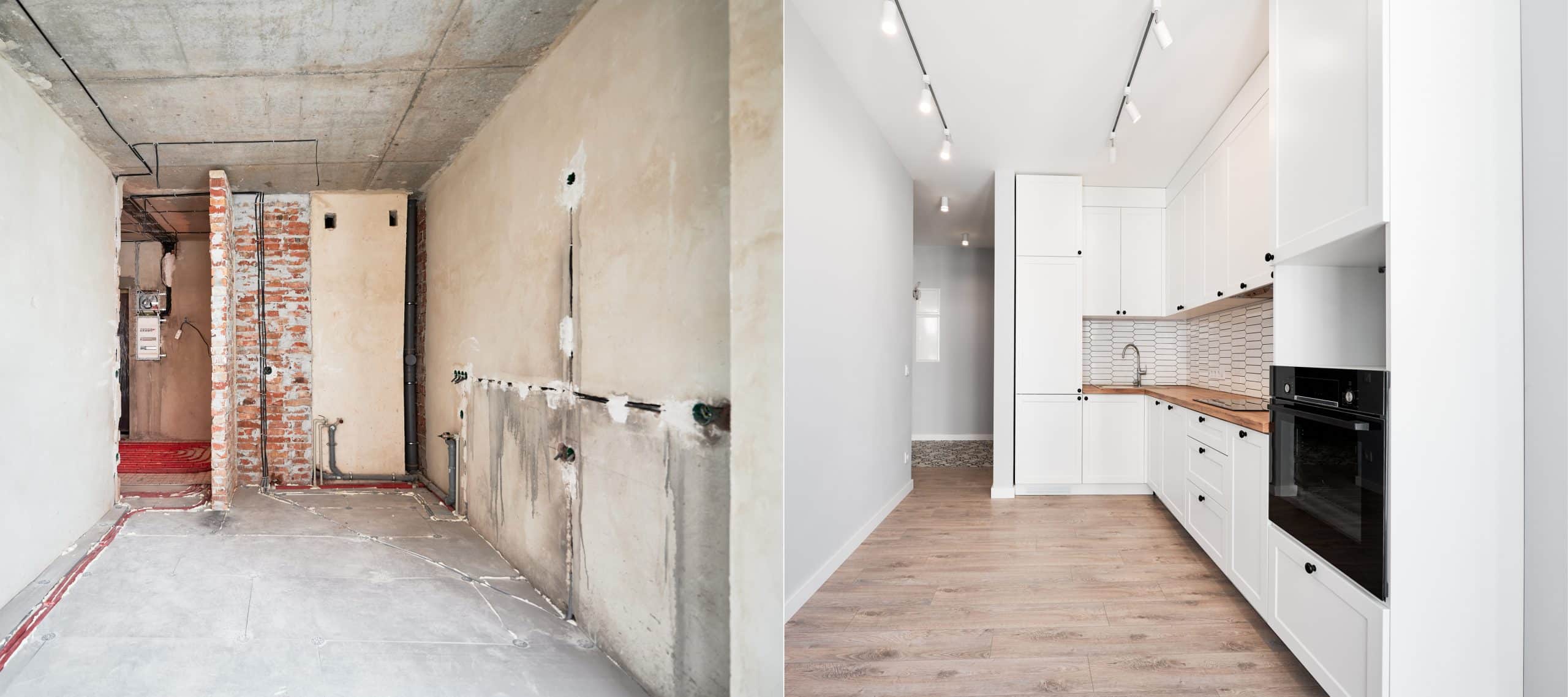What Are the Best Strategies for Retrofitting Historic Buildings for Energy Efficiency?

Historic buildings hold a special place in our hearts and collective memory. They represent the past, provide a sense of continuity and stability, and often contribute to the unique character of a community or city. However, these heritage treasures also present a unique challenge when it comes to energy consumption. Retrofitting historic buildings for energy efficiency is not just a matter of reducing their environmental impact, but preserving their unique heritage and ensuring their viability for the future. In this article, we will explore various strategies and solutions to make historic buildings energy efficient without compromising their architectural heritage.
Energy Efficiency and Historic Building Retrofit
Historic buildings, with their unique architectural features and materials, often present specific challenges for energy retrofit. Due to their age and design, these buildings can be less energy-efficient than their modern counterparts, leading to higher energy consumption, particularly for heating. Thus, the need for retrofitting arises not only to reduce energy consumption and costs but also to contribute to the broader efforts of sustainable living and carbon footprint reduction.
In the same genre : How to Design Real Estate Developments That Complement Local Climate Conditions?
Retrofitting can involve many different changes, from simple solutions such as adding insulation and upgrading windows to more complex systems designed to improve the overall energy efficiency of the building. But it’s not a one-size-fits-all proposition. Each historic building is unique, requiring careful planning and execution to ensure that the retrofit measures do not damage the architectural integrity of the building.
Insulation and Window Upgrades
One of the simplest and most effective ways to improve the energy efficiency of a historic building is through insulation. Older buildings often lack adequate insulation, leading to significant heat loss during the colder months. By adding insulation to the walls, roof, and floors, you can significantly reduce this heat loss, lowering energy consumption and costs.
Also to discover : What Are the Financial Benefits of Incorporating Car-Sharing Facilities in Residential Buildings?
Window upgrades are another effective way to improve energy efficiency. Historic buildings often have single-pane windows that offer minimal insulation against heat and cold. By replacing these with double or triple-pane windows, you can significantly reduce energy consumption. However, it’s crucial to consider the aesthetic impact of these changes. In some cases, it might be more appropriate to add secondary glazing or use window films for insulation, to maintain the original look of the building.
Advanced Energy Systems
Advancements in technology have brought about innovative energy systems that can be incorporated into historic buildings to improve their energy efficiency. These systems, such as heat pumps and renewable energy sources, can significantly reduce the need for conventional heating methods, thereby lowering energy consumption.
Heat pump systems, for instance, are an efficient way to provide both heating and cooling to a building. They work by transferring heat from one place to another rather than generating heat, making them more efficient than traditional heating systems. Similarly, incorporating renewable energy sources, such as solar panels or wind turbines, can provide sustainable power solutions and reduce reliance on non-renewable energy sources.
Building Management Systems
A building management system (BMS) is an integrated, computer-based system that can monitor and control a building’s facilities, such as heating and lighting. With a BMS, you can manage energy consumption more efficiently by ensuring that energy is used only when necessary.
For example, you can schedule heating to turn on just before the building opens and turn off after it closes. You can also monitor real-time energy consumption data, allowing you to identify areas of high usage and implement measures to reduce consumption. Importantly, a BMS can be designed to work with the existing infrastructure of a historic building, minimizing any potential impact on the building’s architectural heritage.
Respecting Heritage While Improving Efficiency
While energy efficiency is crucial, it’s essential to remember that the primary value of historic buildings lies in their heritage. Any retrofitting efforts must respect and preserve this heritage. This means working with conservation experts, using materials and methods that are sympathetic to the original building, and ensuring that any changes do not detract from the building’s historical significance.
For instance, if a building has distinctive historic windows, it might not be appropriate to replace them with modern double-glazed versions. Instead, consider other methods, such as secondary glazing or window films, to improve insulation without altering the appearance of the windows.
Retrofitting historic buildings for energy efficiency is a complex task that requires careful planning and execution. By combining modern technology with respect for heritage, we can ensure that our historic buildings remain a vital part of our communities while contributing to a more sustainable future.
Retrofitting Techniques for Heritage Buildings
Historic buildings reflect the charm of the past. These heritage structures, however, may not be as energy efficient as their modern counterparts, leading to higher energy consumption. This is where retrofitting comes into play. Carefully planned and executed retrofit solutions not only reduce energy consumption, but also ensure the preservation of the buildings’ historical significance.
Retrofitting historic buildings typically involves enhancing the energy performance by adding insulation and upgrading windows. These are the simplest and most effective ways to improve energy efficiency. For instance, adding insulation to the walls, roof, and floors can significantly reduce heat loss, especially during the colder months. Window upgrades, on the other hand, can help maintain a comfortable temperature inside the building by reducing heat and cold transmission. However, in order to preserve the building’s original look, it may sometimes be more appropriate to use secondary glazing or window films instead of completely replacing the windows.
Another effective retrofitting technique is the incorporation of advanced energy systems. Innovative technologies such as heat pumps and renewable energy sources can significantly reduce the need for conventional heating methods, thereby lowering energy consumption. Moreover, these efficient solutions can be seamlessly integrated into the existing infrastructure of historic buildings, minimizing any potential impact on their architectural heritage.
Building management systems (BMS) are also effective tools for improving the energy efficiency of historic buildings. These integrated, computer-based systems allow for more efficient management of energy consumption by ensuring that energy is used only when necessary.
Conclusion: Balancing Heritage Preservation and Energy Efficiency
Retrofitting historic buildings for energy efficiency is undeniably a complex task. It requires a careful balance between preserving architectural heritage and enhancing energy performance. While energy savings are important, the primary value of heritage buildings lies in their cultural heritage. Therefore, any retrofitting effort must be done in a manner that respects and preserves this heritage.
Working with conservation experts, using materials and methods in keeping with the original design, and ensuring that any changes do not detract from the building’s historical significance are all key factors in successful retrofitting. The use of modern technology and efficient solutions also plays a crucial role in this process.
The road to retrofitting historic buildings for energy efficiency may be challenging, but it is certainly achievable. By combining modern technology with respect for heritage, we can ensure that our historic buildings continue to be a vital part of our communities. More importantly, these efforts contribute to the broader goals of sustainable living, carbon footprint reduction, and a more sustainable future, reinforcing the fact that historic preservation and energy efficiency are not mutually exclusive, but can coexist harmoniously.
